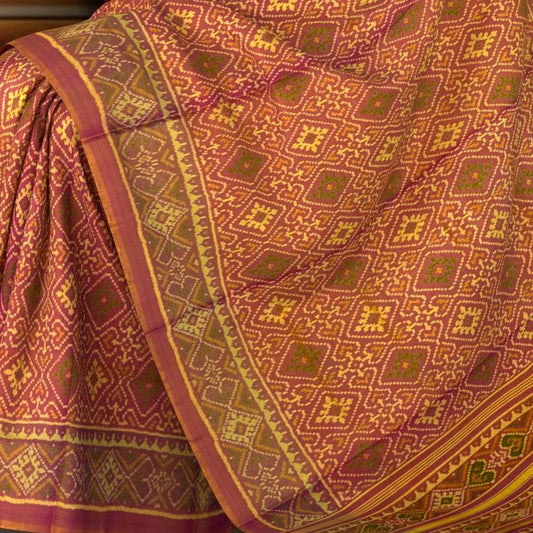Navratri Day 5: Panchami – Worshiping Goddess Skandamata
The fifth day of Navratri, known as Panchami, is dedicated to Goddess Skandamata, the mother of Lord Kartikeya (also known as Skanda), the god of war. Skandamata is a representation of motherhood, compassion, and divine strength. She is depicted sitting on a lion, holding her son Kartikeya in her lap. With her four arms, she carries lotus flowers in two hands, holds the infant Kartikeya in her third arm, and extends her fourth hand in a gesture of blessing.
The image of Skandamata symbolizes the protective and nurturing nature of a mother. She is the embodiment of selfless love and sacrifice, always protecting her children from harm. Worshiping her on this day is believed to bestow blessings of wisdom, strength, and protection. Skandamata’s divine grace can remove obstacles from the lives of her devotees, offering peace, prosperity, and spiritual growth.

Symbolism of Goddess Skandamata
Skandamata is revered for her nurturing qualities and is often depicted with a bright, peaceful countenance, representing the calm strength that comes with motherhood. Her connection to Lord Kartikeya, who represents war and battle, shows the balance between gentleness and power, symbolizing that compassion and strength can coexist. She is also associated with the Manipura chakra (solar plexus chakra), which governs personal power, self-esteem, and mental clarity.
By worshiping Skandamata, devotees seek her protection and blessings for their children and families. She is especially revered by parents who pray for the well-being and success of their offspring. Her blessings are said to guide devotees on the path of righteousness, courage, and wisdom.
Wearing Grey on Panchami
The color associated with Panchami is grey, symbolizing balance and neutrality. Grey represents the calm strength and wisdom that Skandamata embodies. It signifies the ability to remain composed and stable in the face of challenges, much like a mother caring for her children in difficult times.
Wearing grey on this day allows devotees to embrace the serene, nurturing energy of Skandamata. It connects them with the qualities of balance, patience, and inner strength that she represents.
Rituals and Fasting on Day 5
As with the other days of Navratri, the day begins with a ritual bath and the chanting of mantras dedicated to Skandamata. Devotees offer yellow flowers, fruits, and sweets during their prayers, as these are believed to please the goddess. Many devotees observe fasting as an act of devotion, consuming only sattvic foods to purify the body and mind.
The Skandamata mantra is chanted to invoke her blessings. A popular mantra for this day is:
"Om Devi Skandamatayai Namah."
Chanting this mantra is believed to strengthen the connection between devotees and the goddess, granting them peace, prosperity, and protection.
Significance of Worshiping Goddess Skandamata
Worshiping Goddess Skandamata is believed to open the path to salvation. Her blessings bring wisdom, courage, and the power to overcome life's difficulties. Devotees seek her guidance to navigate life's challenges with grace and patience, much like a mother who carefully guides her children.
She also helps to remove negative energies and bring harmony and peace to the household. Praying to Skandamata is especially beneficial for those seeking to improve their mental clarity, personal power, and confidence.
Celebrate Navratri with Sustainable Fashion
As you honor Goddess Skandamata on the fifth day of Navratri, consider wearing handwoven, sustainable fabrics that reflect India’s rich cultural heritage. Sudeshi Weaving’s Puja Collection offers a selection of sarees, dupattas, and garments made by skilled artisans. These garments, crafted using eco-friendly techniques, are perfect for celebrating the nurturing and protective spirit of Skandamata.

By choosing the Puja Collection, you not only embrace the festive spirit of Navratri but also support local artisans who are keeping India’s handloom traditions alive.
For more details on the Puja Collection, [CLICK HERE]







Leave a comment
Please note, comments need to be approved before they are published.